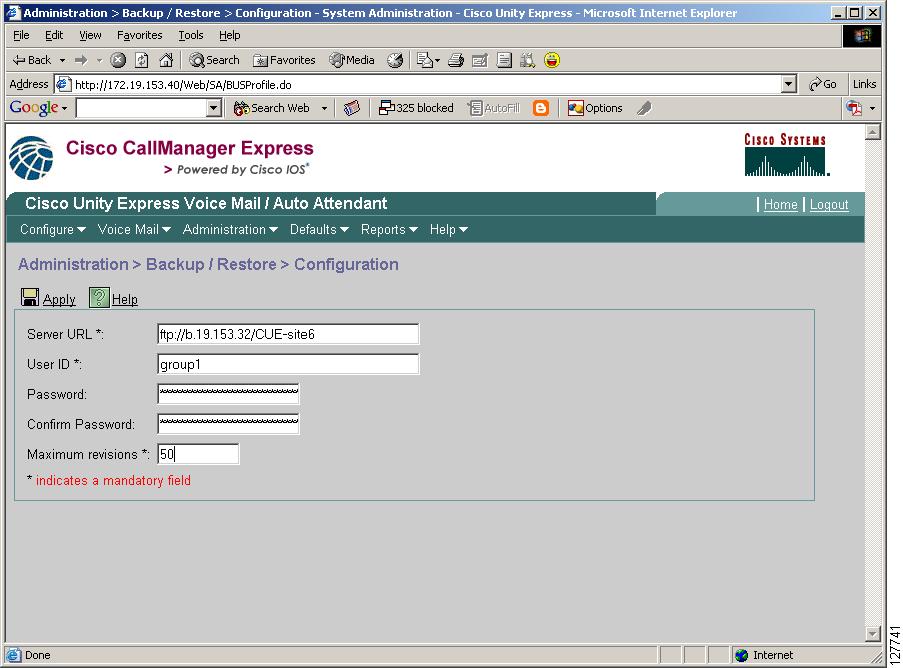

- #Unity assets explorer stream read error how to
- #Unity assets explorer stream read error update
- #Unity assets explorer stream read error code
In your code you would use "DownloadFile(Uri, String)" to get your data. So I wanted to make one for my own games.

I've been toying with the idea every since I played Lord of the Rings Online and I like their Launcher.
#Unity assets explorer stream read error update
Article here:Ī launcher might be a better way to grab or update your content. Net framework or store them as a image in a web folder. Next, consider bundling your updates in a DLL since Unity supports. I would build it using Unity so it remains cross platform. You might consider building a "Launcher" using Unity. I have a suggestion as well that might be more accommodating to developers like me who want something more. StartCoroutine(LoadAsset(nameOfAssetBundle, nameOfObjectToLoad)) The loading is simple as this: string nameOfAssetBundle = "animals" Name of the asset/object we want to load from the animals Assetbundle is dog This is a simple jpg of a dog.Ĭ. Do something with the loaded loadedAsset object (Load to RawImage for example)ī. Texture2D loadedAsset = asset.asset as Texture2D Retrieve the object (Use Texture2D since it's a Texture. Use GameObject if prefab)ĪssetBundleRequest asset = asseBundle.LoadAssetAsync(objectNameToLoad) Load the "dog" Asset (Use Texture2D since it's a Texture. Var assetBundleCreateRequest = AssetBundle.LoadFromFileAsync(filePath) ĪssetBundle asseBundle = assetBundleCreateRequest.assetBundle String filePath = System.IO.Path.Combine(Application.streamingAssetsPath, "AssetBundles") įilePath = System.IO.Path.Combine(filePath, assetBundleName) It is recommended to use Path.Combine to combine path names so the code below should use that instead.īelow is a simple loading function: IEnumerator LoadAsset(string assetBundleName, string objectNameToLoad) See comment in code for where these changes should be made. If using a prefab, pass GameObject instead then instantiate it. Since this is an image, Texture2D is passed to them. The AssetBundle and AssetBundleRequest API are used to load the AssetBundle. To access all the folders use, Application.streamingAssetsPath + "/AssetBundle/" + assetbunlenameWithoutExtension. When loading it, Application.streamingAssetsPath should be used to access the StreamingAssets folder. You should see the built AssetBundles inside the Assets/StreamingAssets/AssetBundles directory. Build your AssetBudle by going to Assets -> Build AssetBundle menu. BuildPipeline.BuildAssetBundles(filePath, BuildAssetBundleOptions.None, BuildTarget.StandaloneOSX) ī. BuildPipeline.BuildAssetBundles(filePath, BuildAssetBundleOptions.None, BuildTarget.WebGL) BuildPipeline.BuildAssetBundles(filePath, BuildAssetBundleOptions.None, BuildTarget.Android) BuildPipeline.BuildAssetBundles(filePath, BuildAssetBundleOptions.None, BuildTarget.iOS) String filePath = Path.Combine(Application.streamingAssetsPath, folderName) īuildPipeline.BuildAssetBundles(filePath, BuildAssetBundleOptions.None, BuildTarget.StandaloneWindows64) Create a script named ExportAssetBundles and put it in a folder named "Editor" in the Assets folder then copy the code below inside it: using System.IO For this example, name this folder AssetBundles so that you can use it to recognize what's in it.Ī. Create sub-folder in the StreamingAssets folder to hold the AssetBundle. Spelling counts and it's case sensitive so make sure to name it correctly.ģ. This is the folder we are going to build the AssetBundle into. Create a folder named StreamingAssets in the Assets folder. Click on the "None" option then go to the "New" option and create new AssetBundle and name it "animals"Ģ.
#Unity assets explorer stream read error how to
See the animated gif below for how to do this. Sometimes, the AssetBundle option it is hidden, drag it up to show it. In this case, that's the "dog.jpeg" file. In this example below, I will demonstrate how to add new asset called "dog" to our AssetBundle named "animals" and build it then load it during run-time.ġ. It might be related somehow to setting the correct path, but as I have copied the assetbundle folder afterwards to Xcode project, the problem persists. Users/user/Documents/Workspaces/unityproject/Assets/AssetBundles/iOS/lchairanimations I build the project to Xcode and run it in Xcode and receive this error: (Without the "file://" prefix, the bundles won't work in Unity nor Xcode) using them with AssetBundle bundleLoadRequest = AssetBundle.LoadFromFile("file://" + Application.dataPath + "/AssetBundles/iOS/" + myassetbundlename.ToString()) Īnd/or WWW + "/AssetBundles/iOS/" + myassetbundlename.ToString(), 4) In Unity I build the assetbundles: using UnityEditor īuildPipeline.BuildAssetBundles("Assets/AssetBundles", BuildAssetBundleOptions.None, BuildTarget.iOS) Īnd they work fine in Unity.

I cannot get Unity Assetbundles working in an iOS build.


 0 kommentar(er)
0 kommentar(er)
